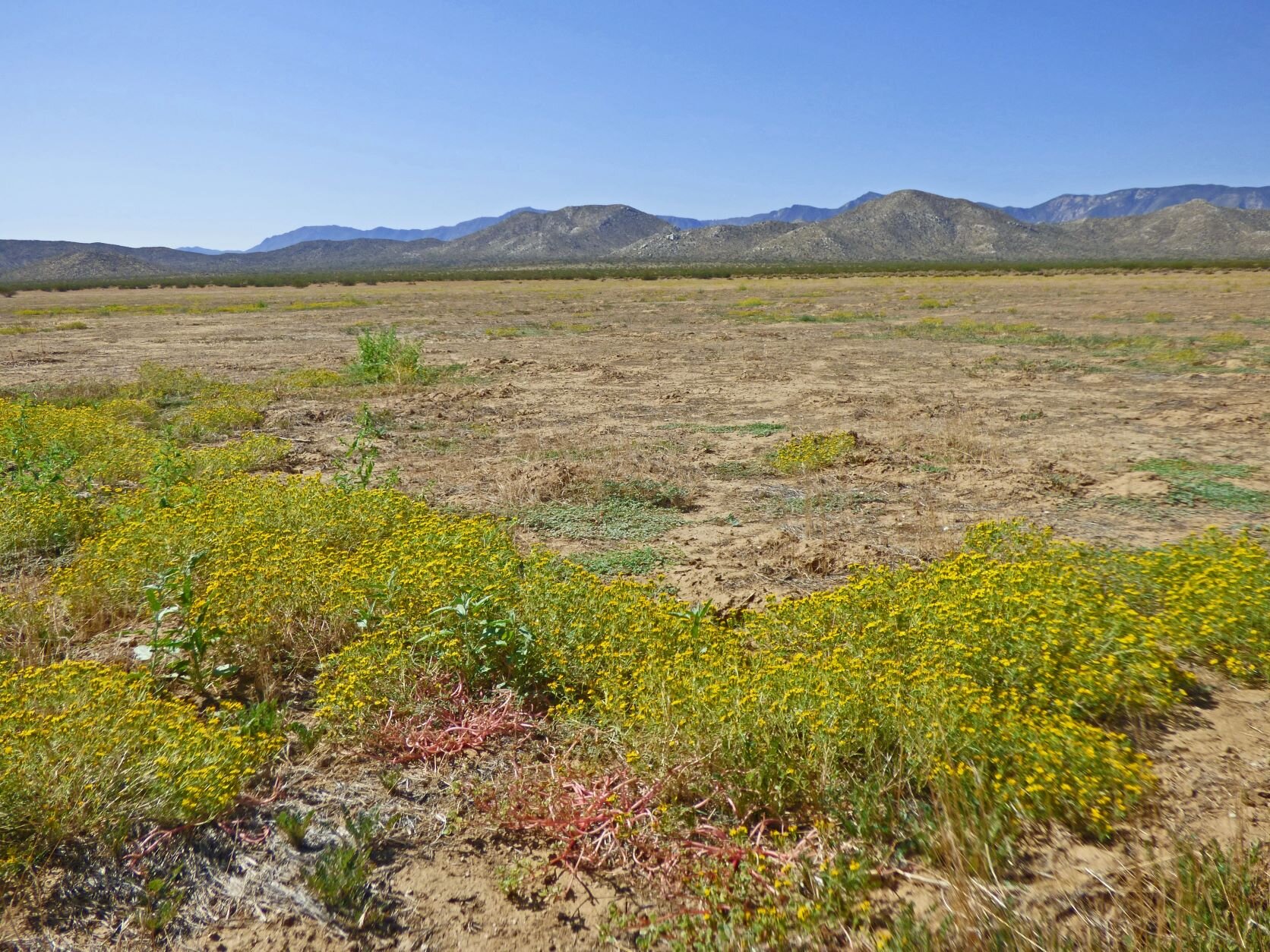By Frank Landis, Conservation Chair
In a sense, this is a dual column, because in addition to conservation I will be talking about one of my other roles, which is as our chapter delegate to the CNPS Chapter Council (CC). But mostly it’s about one year into the pandemic and climate change.
As I write this, I’m getting deluged with media stories about how “life will be getting back to normal soon,” how dealing with the pandemic was “like everyone being in prison,” and so forth. And I get it. A lot of businesses will do better, and a lot of people will do better, if we get out more, drive more, and spend a lot more. And I have no intention of belittling the very real pain many people went through, especially those who are suffering lingering effects of COVID-19 or who lost loved ones to the virus.
But I have to be the person who points out that pre-pandemic “normal” wasn’t very good. As I sit here, looking at less than four inches of rain this year, I’m reminded, as hopefully we all are, that we’ve got maybe nine years to get our greenhouse gas emissions well down towards zero, or things start getting a lot worse than they are now.





